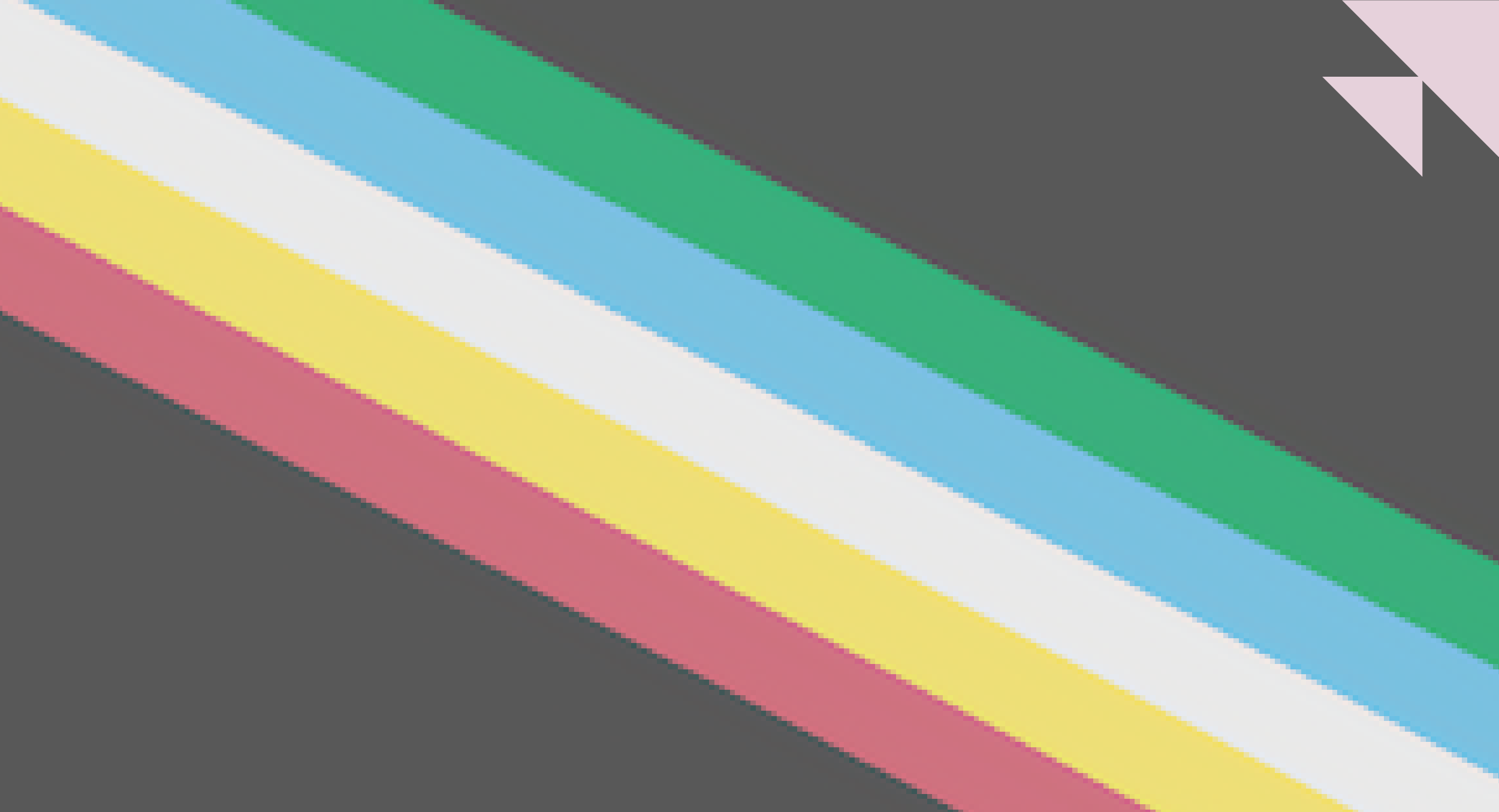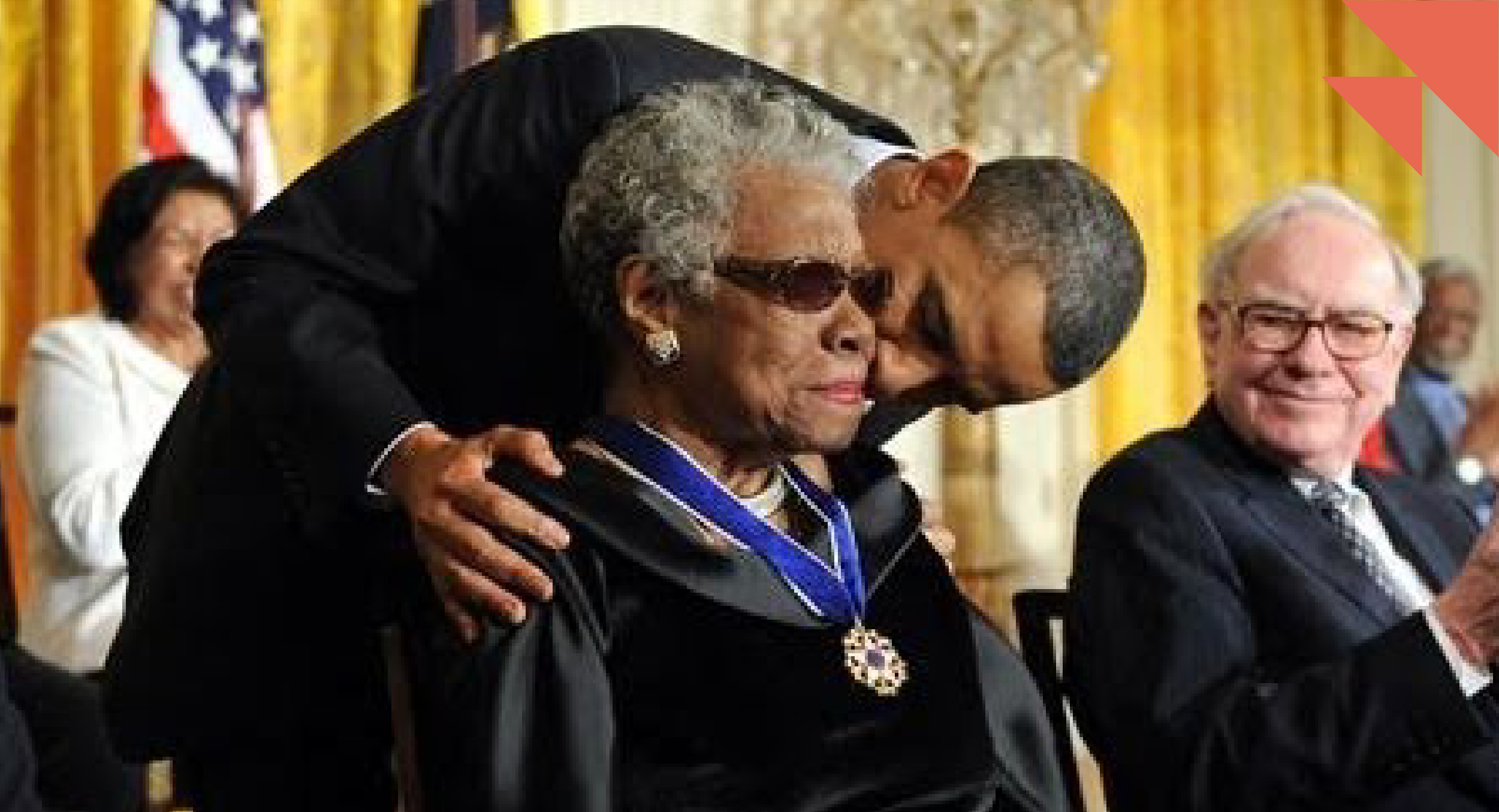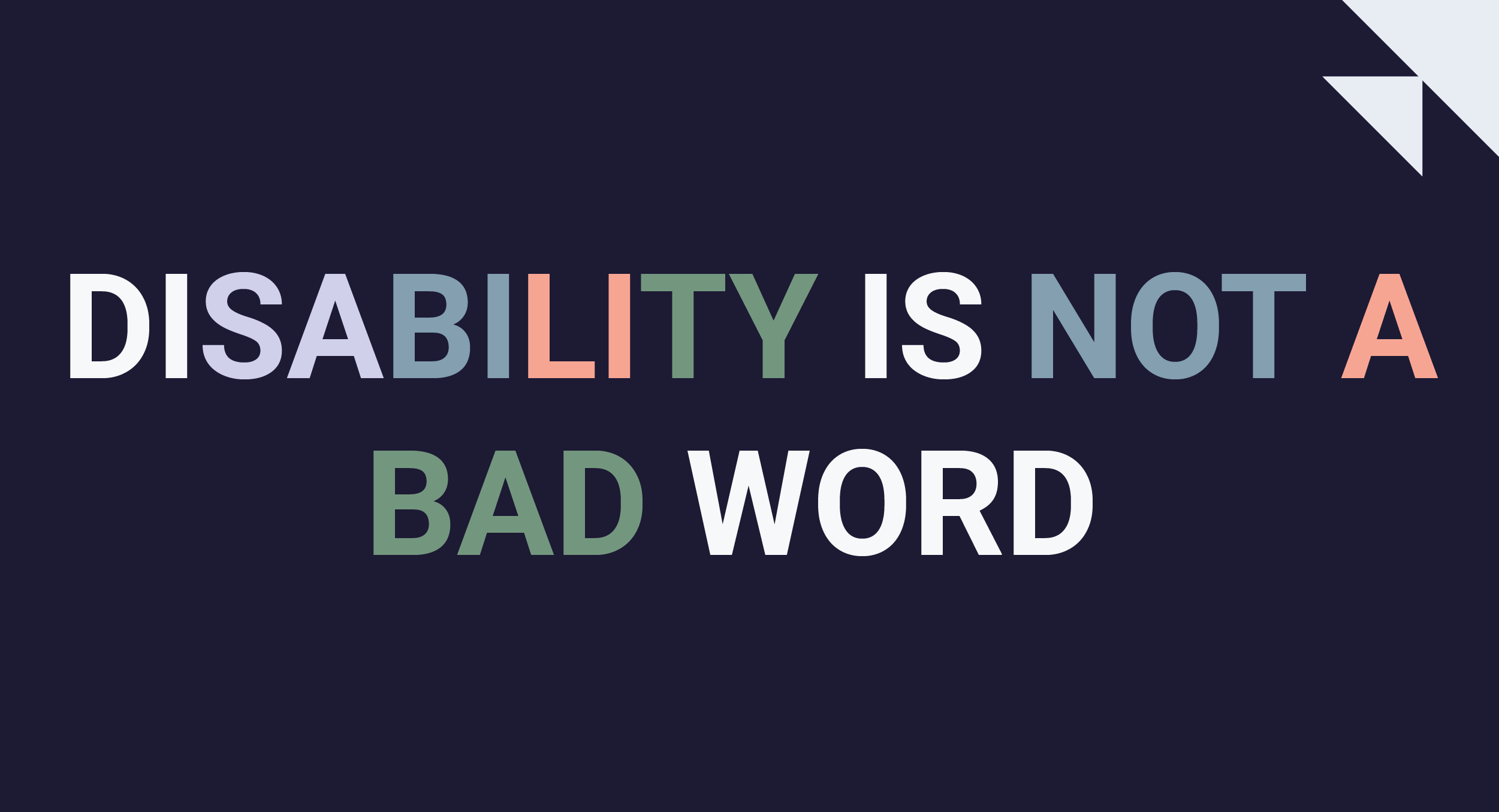July is Disability Pride Month
We at Relay Resources take pride in our people, with and without disabilities, and in our work. Disability Pride Month is celebrated each July,...

Relay Resources
:
Jul 23, 2025 7:00:00 AM
Each July we celebrate Disability Pride Month, an important time to reflect on the achievements made by the disabled community. While the whole month is special, July 26 in particular is a historic day for disability inclusion, marking the 35th anniversary of the Americans with Disabilities Act (ADA) of 1990! The ADA provided a legal framework and protections for people with disabilities to ensure they would not be discriminated against because of their disability.
Previously, the Civil Rights Act of 1964 gave U.S. citizens equal rights and protections on the basis of race, sex, and nationality—and would go on to include gender identity and sexual orientation. However, disabled people were not specifically included until the Americans with Disabilities Act of 1990 prohibited discrimination against people with disabilities. As written on the ADA website, “In enacting the Americans with Disabilities Act of 1990 (ADA), Congress intended that the Act ‘provide a clear and comprehensive national mandate for the elimination of discrimination against individuals with disabilities’ and provide broad coverage.”
 President Bush signs the Americans with Disabilities Act in 1990
President Bush signs the Americans with Disabilities Act in 1990
The ADA allows employees to request reasonable accommodations at their workplace, and requires public accommodations and equal access for public services—such as transportation, libraries, parks, state offices, swimming pools, courthouses, and state and federal websites.
However, it’s more important than ever to move beyond the ADA which, in many ways, is the bare minimum of what employers and federal agencies are required to do.
At Relay, we believe we need to pursue not just accommodations and inclusion, but move to a space of equity and disability justice. We want to create a world where disabled people are not just included and accommodated and not discriminated against, but truly belong by having what they need to succeed. The ADA has been the backbone for disability rights, and yet, there are multiple ways in which we can move beyond it to pursue even greater equity and justice for disabled people.
While the ADA mandates that workplaces and public spaces offer accommodations, it falls short of recommending a solution that would help everyone: universal design. Universal design is a term for the creation of spaces to make them accessible for everyone—including disabled people, but also those who are elderly or pregnant or service workers. For instance, something as simple as curb cuts and ramps can help not just someone with a wheelchair or a different physical disability, but also bicyclists, delivery drivers using dollies to transport packages, and people with strollers. Universal design helps everyone.
Credit: https://sketchplanations.com/the-curb-cut-effect
So why do we need universal design when we have the ADA? As the Universal Design Project puts it, “First, the ADA doesn’t apply to most housing. Second, the ADA allows for ‘separate but equal’ access (this is why you see ‘handicapped’ parking and bathroom stalls in public places). Universal design is functional for everyone. There’s a saying that ‘universal design goes beyond the ADA.’ This mindset exists because designers typically apply the bare minimum effort to meet ADA requirements (if at all). If more designers put in the effort to apply ADA standards well, there would be a lot of similarity to universal design.”
Implementing universal design can be the first step in going beyond ADA requirements and designing workplaces and public spaces for maximum use. We suggest brainstorming some ways that your business could employ universal design to be more inclusive!
In the past few years, universal design and other inclusion-minded features have sprung up in a vast array of places, including playgrounds, conferences, and sports arenas. Fully inclusive playgrounds, like our local friends Harper’s Playground created here in Portland, are now the future. Advancements in technology now allow disabled people to use smartphones, apps, and screen readers to help them navigate the internet and social media. Here in Portland, the Portland Trail Blazers recently partnered with OneCourt to offer haptic display technology at all their home games, making history by becoming the first professional sports team to do so. The technology enables blind and low-vision fans to experience live basketball action through vibrations—just one example of how a team can broaden their fanbase by making disability inclusion a priority.
Many concerts, conferences, and other sporting events now offer sensory kits for large or loud gatherings. The kits can include noise-cancelling headphones and fidget toys, which help neurodivergent and persons with high sensitivities to noise or light. Obviously, offering everyone a pair of headphones is not legally required (and maybe not logistically possible), but a simple offering like a sensory bag might bring more people into your event who otherwise might not come.
These inclusivity-minded developments in recent years are a strong indication that universal design and other initiatives are bringing disabled people closer to true belonging. But this Disability Pride Month, let’s not just celebrate the past achievements of the ADA; let’s continue to push for broader disability inclusion for all in the future.

We at Relay Resources take pride in our people, with and without disabilities, and in our work. Disability Pride Month is celebrated each July,...

International Women’s Day (IWD),established in 1911,and Women’s History Month have been catalysts for advancing women’s equality across a variety...

What comes to mind with the term “disabled”? Do you imagine someone in a wheelchair? What about “disability”? What images, associations, or thoughts...
Congrats! You've just become a magician. This is the do-it-all module where you can let your creativity run wild. The best part is that it's just going to keep getting more and more awesome over time.
Congrats! You've just become a magician. This is the do-it-all module where you can let your creativity run wild. The best part is that it's just going to keep getting more and more awesome over time.
Congrats! You've just become a magician. This is the do-it-all module where you can let your creativity run wild. The best part is that it's just going to keep getting more and more awesome over time.
Congrats! You've just become a magician. This is the do-it-all module where you can let your creativity run wild. The best part is that it's just going to keep getting more and more awesome over time.